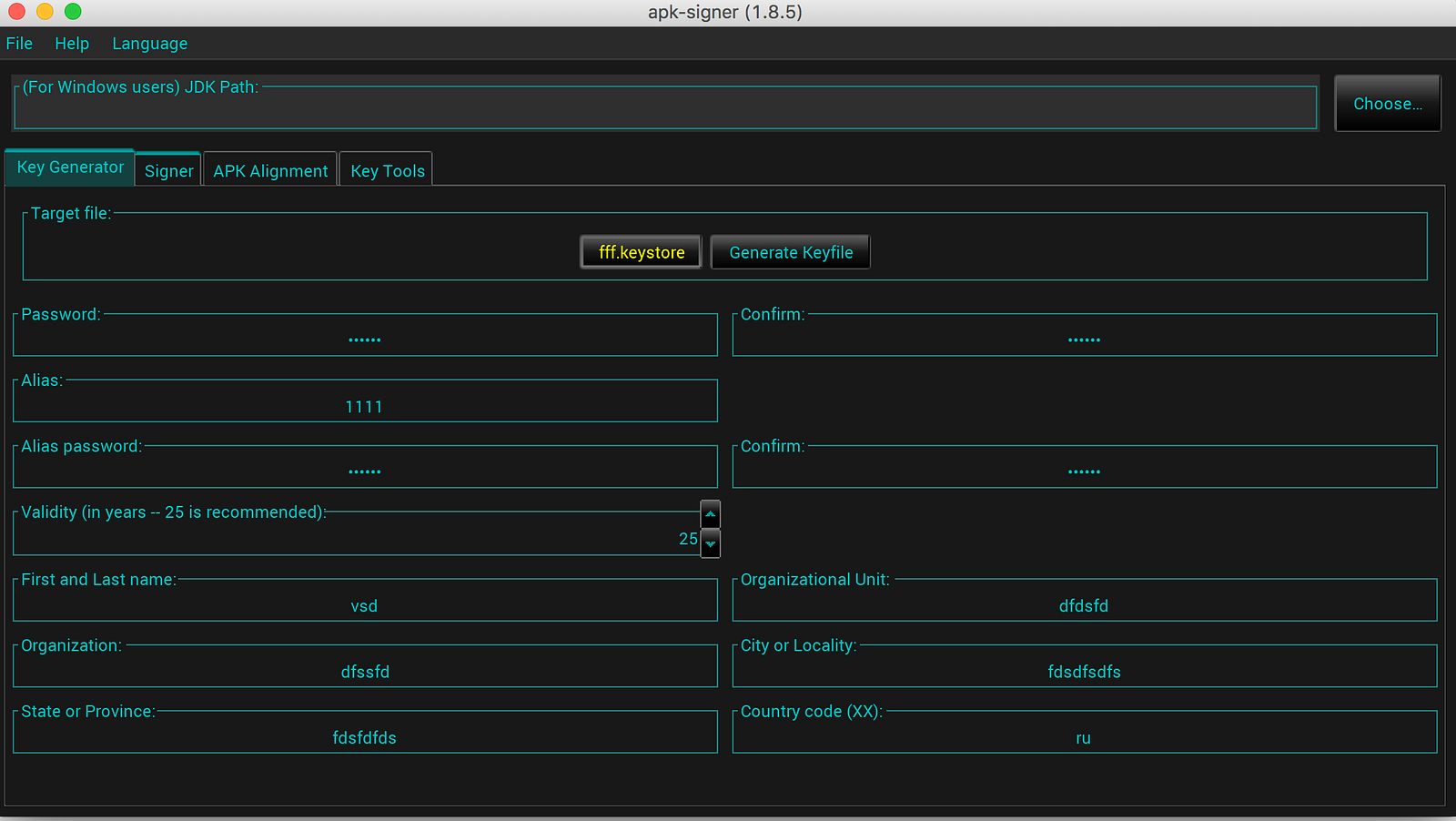How To Find Apk Files
I downloaded from the Amazon App Store TeamSnap. I want to find the.apk so I can share it with contacts via NFC or email etc. But using search and file manager I cannot find it.
One of the neatest features of a full-powered operating system like Windows 10 running on modern processors with scads of memory is that this powerful combination makes it possible to actually effectively emulate different computer models. Emulation has been a thing in the software world for decades, but usually at the consumer level, emulation solutions were clunky, inefficient, or inadequate. The main problem is that operating systems are very different and offer different things to developers. This makes running a program written for one operating system on a different OS a tricky proposition.
However, with Android emulation on Windows, there is a “sweet spot” of hardware and software scaling that makes Android emulation not only possible, but actually quite workable. Android is designed to run on computers and phones and tablets with relatively small amounts of memory and storage, and processors that (while capable) are not always high-performance powerhouses. The operating system itself is relatively simple, massively well-documented, and functional. This means that a Windows 10 machine has more than enough horsepower to act like quite a fast Android.
If you want to run Android applications on a Windows machine, there are several different approaches to take. I will discuss a few of them in this article.
(Want to emulate Android on your Mac? TechJunkie has you covered with this tutorial on using APK files on Mac.)

APK files
So what is an APK file? Well, on Android, and APK file is the package that contains an Android app and its installer. They are usually named something like ‘filename.apk’ and are much like an .exe file in Windows. End-users (smartphone owners, for example) don’t usually see the APK file when they download and install an app off the Google App Store because the system does all the unpacking and installing itself, and all the end-user sees is the “Installing…” text in the store.
This separation is fine until you need to acquire APK files to play with, develop, or reverse engineer. Probably the easiest and safest way to get the files is to download them from your device and use them from there. There are websites that allow you to download the APK files of legitimate apps, but these are legally dubious, and I personally wouldn’t trust them to not inject a little malware in return for a free download.
(We have a tutorial article on how to download APK files from the Google Play store. And if you want to download and install an APK on your native Android device, we’ve got a tutorial covering how to install an APK to Android as well!)
Setting Android SDK up to run APK files in Windows 10
One simple and direct way to run an APK file on your Windows 10 machine is to use the Android Software Development Kit (SDK). Like many smaller OSes, Android development is usually not done on a native machine, but rather on a larger and more powerful computer. To use this technique, you will need a current version of Java on your computer as well as the Android SDK. Download Java from here and the Android SDK from here. Scroll down to the bottom of the Android Studio page and select Command Line Tools. Unless you’re planning to create an Android app you won’t need the entire Studio package.
- Download the package to your computer and extract to your C: drive.
- Navigate to Control Panel, System and Advanced System Settings.
- Select Environment Variables and highlight Path.
- Click Edit and paste the following into the variable value: ‘C:Androidsdktools;C:Androidsdkplatform-tools’.
Now you can open a virtual Android device by double-clicking the APK file. The SDK plus the app will take a while to load and can be a little sluggish at times. Games and other graphics-intensive programs will probably not work, but most other apps will work fine.
Using a full Android emulator to run APK files in Windows 10
Running the SDK is fine if you just need to take a quick look at an app or something, but if you really want to use apps (especially games) then you will need to install a full-fledged emulators. Android emulators for Windows essentially create a fake Android machine on your Windows PC. You are basically running an Android device from within your Windows device. It sounds complicated but it works very well. There are several good emulator programs out there, but I will briefly describe two of the more popular, Nox and BlueStacks.
Blue Stacks
BlueStacks App Player is an Android emulator that works very well. It doesn’t use a pure Android version like Android SDK, but a modified variant. If you’re looking to QA code or soak test an app, this may not exactly replicate the release environment. For everything else, BlueStacks App Player works just fine.
- Download and install the BlueStacks App Player.
- Log in using your Google account and set up a profile.
- Load apps, play games, and whatever you want to do through the Play Store.
Once up and running, BlueStacks looks like any Android tablet. It has the usual Android front end, menus and more. You just control it with a mouse or touch if you have a touchscreen. The rest looks and feels just like Android. BlueStacks does like to alert you with every possible message it can think of, and that can be annoying. Other than that, it’s a good emulator that mimics an Android device well. As of March 2019, Bluestacks emulates Android N (7.1.2).
Opening Apk Files On Android
Nox
Nox is aimed more at the serious Android gamer who would like to play Android games on a big screen. (There are some great Android games that are simply amazing once translated off that 6″ display.) Like BlueStacks, Nox is not a perfect emulation of Android, but it runs apps very very well.
- Download the Nox player.
- Set up the player with your preferences and defaults.
- Load the app(s) you want to use, either through the Play store or manually with APK files.
When you run Nox it creates a full-featured Android desktop, just like BlueStacks. Nox runs Android Kit Kat.
Both Bluestacks and Nox have free versions that are fully-functional. Bluestacks users can upgrade to a premium membership that blocks ads, lets the user create their own custom desktops, and gives access to premium tech support, for a charge of $2 per month. Nox does not have a paid subscription model.
Setting ARC Welder up to run APK files in Windows 10
ARC Welder is a Chrome extension that allows you to run APK files within the browser. It’s by far the easiest way to run APK files. The benefit is that you can run it on any device that can run Chrome. The downside is that it’s still a little buggy, and doesn’t work as flawlessly as the previous two methods.
- Download and install the ARC Welder extension.
- Download your APKs and point ARC Welder to them.
- Select how you want them, portrait or landscape and whether you want to allow clipboard access.
ARC Welder is pretty good at simulating Android, but doesn’t have Google Play Store access like BlueStacks and Nox does. That means you’ll have to acquire the APK files, download them onto your computer, and add them manually from within ARC Welder. Not a showstopper, but getting a hold of legitimate files can be tricky.
The other downside to ARC Welder? You can only run one app at a time. This might not impact you if you’re only testing or using one app, but if you want it as an Android emulator too, you might find it limiting. If you have an app open, you will need to go back to the install screen and choose a different one.
Running Android APK files in Windows 10
So there are three methods for running Android APK files in Windows 10. Each does it slightly differently, and each is suitable for different purposes. I’d suggest Android SDK or Studio for anyone who wants to program, build or reverse engineer an app. And I’d suggest ARC Welder for those who don’t want to do much with their apps except use them on the desktop. BlueStacks and for Nox is for people planning to do a lot of app use on their desktop.
Do you use an Android emulator I haven’t mentioned here? Know of any that are better than these three? Tell us about it below in the comments section if you do.
Possible Duplicate:
Where in the file system are applications installed?
Run Apk Files On Pc
Daiya yogurt. How can I view the .apk files of currenly installed apps on my android phone?
marked as duplicate by ale, Izzy♦, Flow, Zuul, Ryan ConradAug 24 '12 at 19:35
This question has been asked before and already has an answer. If those answers do not fully address your question, please ask a new question.

How To Find Apk Files On Bluestacks
2 Answers
Use a file manager to look in the following locations:
/data/app/data/app-private/system/app//sdcard/.android_secure(shows .asec files, not .apks)
On Samsung phones:/sdcard/external_sd/.android_secure
You need to be rooted to view the first three. Playstation 2 controller.
System apps are found in /system/app/.
The other apps you've installed are found in the /mnt/asec/ directory. See my answer to this question for details.